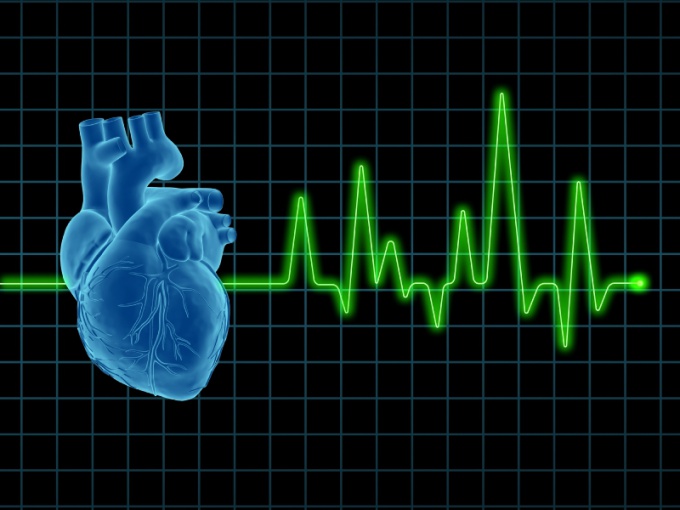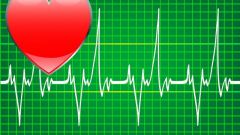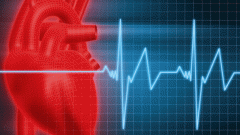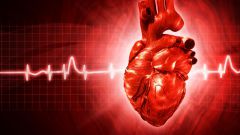Instruction
1
The final interpretation of the ECG depends on what parts of the body were attached to the electrodes, and the process of interpretation is called abstraction. There are three types of abstraction is the connection between the left and right hands, the connection between left foot and right hand and also the connection between left foot and left hand. All three leads there is a normal arrangement of teeth for a healthy person – the value of teeth of the second diversion must be equal to the sum of teeth of the third and right leads.
2
Measure the magnitude or amplitude of teeth and the amount of space between them for the analysis of the cardiogram. Learn the letter symbols for the teeth. Prong R is called atrial and shows the work of the Atria, while the Q-wave shows the activity of the upper lobes of the heart. The R-wave indicates the activity of the lower part of the heart.
3
The PQ interval shows the effect of both Atria, and the action of the ventricles is determined by the QRS interval. The activity of both ventricles appears the ST segment – T wave indicates the normal state of the heart muscle cells.
4
Measure the gap between the teeth P and Q – it should not be less than 0.12 and more than 0.1 seconds. Deviation from this norm is the indicator of an unhealthy heart. The teeth of the QRS should be held in the interval of 0.06-0.1 seconds.
5
With ECG, you will be able to calculate the electrical axis of the heart and see the heart rate, which shall not exceed eighty beats per minute in a healthy person. The minimum value of the norm heart rate sixty. ECG allows to identify violations of the heart muscle and to take medical measures for treatment of the patient.




